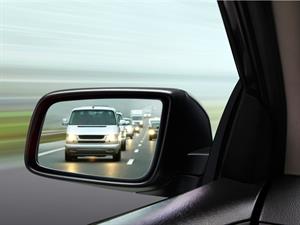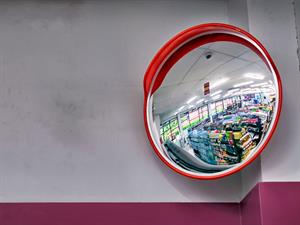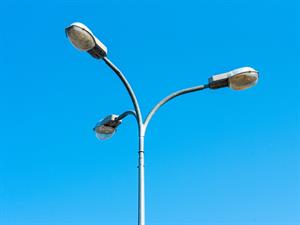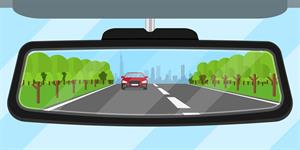PDF chapter test TRY NOW
The image formed by a convex mirror
1. A convex mirror is fixed on a stand for support and placed on the table.
2. A cardboard sheet of \({15\ cm} \times{10\ cm}\) is taken, and a white sheet is pasted on it. This sheet will act as a screen.
3. A candle is lighted and placed at a certain distance from the mirror.
4. Note that the screen should not obstruct the candlelight falling on the mirror.
5. Now, the lighted candle is moved to different positions to obtain the image on the screen.

Observation
The image is not formed on the screen; however, the lighted candle is moved. It is only visible in the convex mirror as a virtual image. The image in the convex mirror is always virtual, erect and smaller than the object, whatever the distance may be.
Uses of convex mirrors
1. Convex mirrors are used in vehicles as side mirrors because they can form images of objects spread over a large area. This helps the drivers to see the vehicles behind them.

2. It is used in supermarkets and corner of the roads for a wider view.

3. They are also used in street lights as reflectors to spread light for a wider area.

Difference between concave and convex mirror
Concave mirror | Convex mirror |
If the reflecting surface of a mirror is curved inwards, then it is a concave mirror. | If the reflecting surface is curved outwards, then it is a convex mirror. |
| It is also known as a converging mirror. | It is also known as a diverging mirror. |
| It forms a real, inverted or virtual, erect image depending on the position of the object. | It always forms a virtual, erect image, whatever the distance may be. |
| The image is either larger or smaller in size. | The image is always smaller in size. |
Example: Projection of cinema on a screen.  | Example: Rearview mirror in a car to view the vehicles behind.  |
